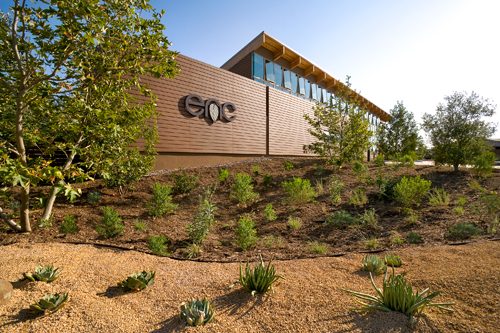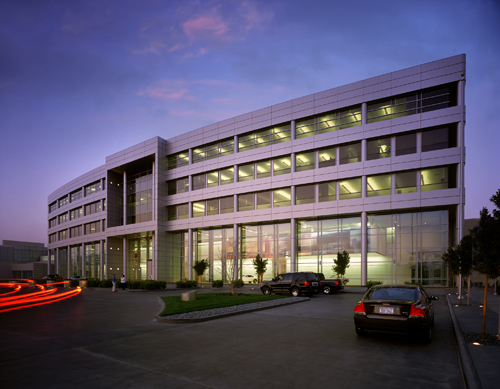Ambient Climate and Building Energy Use: Of Mice & Elephants
 The use, massing and scale of a building greatly impact how much the ambient climate is a factor in that building's ultimate energy use. Envelope Load Dominated buildings are smaller, low-rise, narrow, and/or heavily fenestrated buildings. Internally Load Dominated buildings include larger, high-rise, deep floor plan buildings, with significant internal heat loads (occupants, electrical lighting, and equipment).
The use, massing and scale of a building greatly impact how much the ambient climate is a factor in that building's ultimate energy use. Envelope Load Dominated buildings are smaller, low-rise, narrow, and/or heavily fenestrated buildings. Internally Load Dominated buildings include larger, high-rise, deep floor plan buildings, with significant internal heat loads (occupants, electrical lighting, and equipment).
Think of Envelope Load Dominated buildings as mice—small with a fast metabolism and a lot of surface area relative to their mass, subject to extremes of temperature and using lots of effort trying to stay warm.
Internally Load Dominated buildings are like Elephants—large beasts with a lot of internal mass that respond slowly to changing ambient conditions, most of their effort is in trying to shed excess heat and stay cool.
And, of course, there is a spectrum of building conditions between these extremes, while specific site conditions may impact building design and energy use as much as the local climatic conditions. A mouse exposed to the heat of the dessert will overheat while an elephant buried in a snow storm will feel chilly.
LPA treats climate and site as two important influences of our integrated design process. We evaluate the climatic and site conditions for every project and allow this analysis to inform design decisions about massing, envelope, and fenestration. In this manner, the building fundamentally requires less lighting and HVAC energy over its lifetime and provides a comfortable and productive environment for its users, than if we disregarded whether the building is a mouse in the arctic, an elephant in the tropics, or something in between.
CASE IN POINT
The Environmental Nature Center (ENC) is a small, envelope-load dominated building that clearly responds to its climatic conditions in Newport Beach, CA. The ENC relies on natural ventilation exclusively to stay comfortable in its mild coastal location.
 The Ford Premiere Automotive Group HQ in Irvine, CA, now occupied by Taco Bell, experiences the same climate conditions as the ENC, but it is a much larger, deeper plan building and it is sited right next to the I-5 freeway. The natural ventilation strategies used effectively at the ENC would be utterly inappropriate for the Taco Bell building—even though the climatic conditions are essentially the same.
The Ford Premiere Automotive Group HQ in Irvine, CA, now occupied by Taco Bell, experiences the same climate conditions as the ENC, but it is a much larger, deeper plan building and it is sited right next to the I-5 freeway. The natural ventilation strategies used effectively at the ENC would be utterly inappropriate for the Taco Bell building—even though the climatic conditions are essentially the same.
The most interesting sustainable design blends simple, passive, fundamentally sound design strategies, such as understanding and responding to climatic conditions, with high tech green technologies. Again, the ENC is a great example, as it is a well oriented, daylit, naturally ventilated building with a significant grid-connected PV system on the roof that more than offsets its modest energy use.
Although much of LPA's work is in California, the climatic and site conditions (and subsequent design responses) are highly varied. From Malibu to Hesperia to Lake Tahoe, LPA designs buildings that are appropriate, cost effective, and of their place. By recognizing that climatic and site conditions are a fundamental design consideration, by carefully evaluating the specific climatic and site conditions of every project, and by allowing the site and climatic conditions to inform our architectural designs, LPA designs buildings for our clients that are both timeless and uniquely suited to their location.